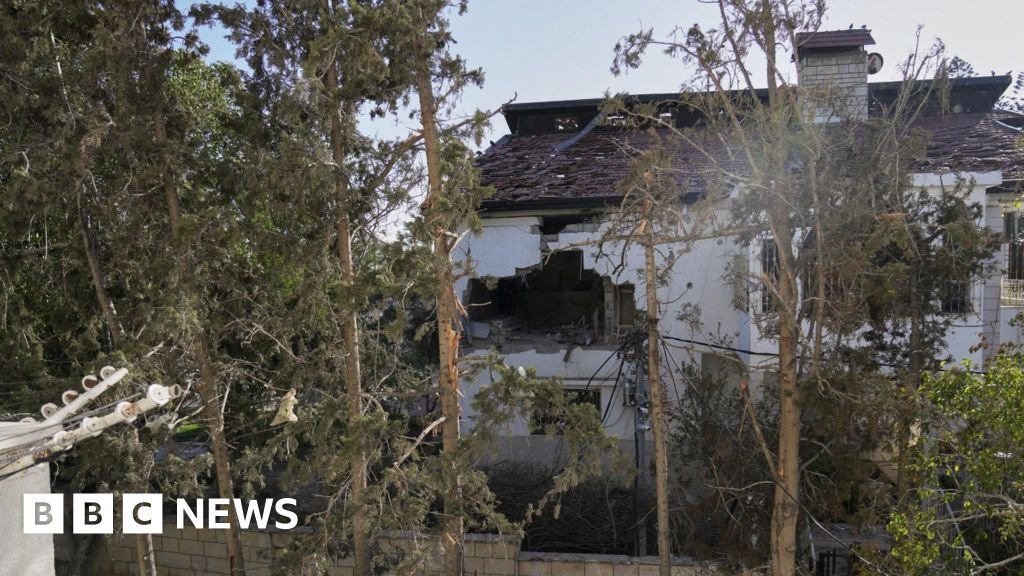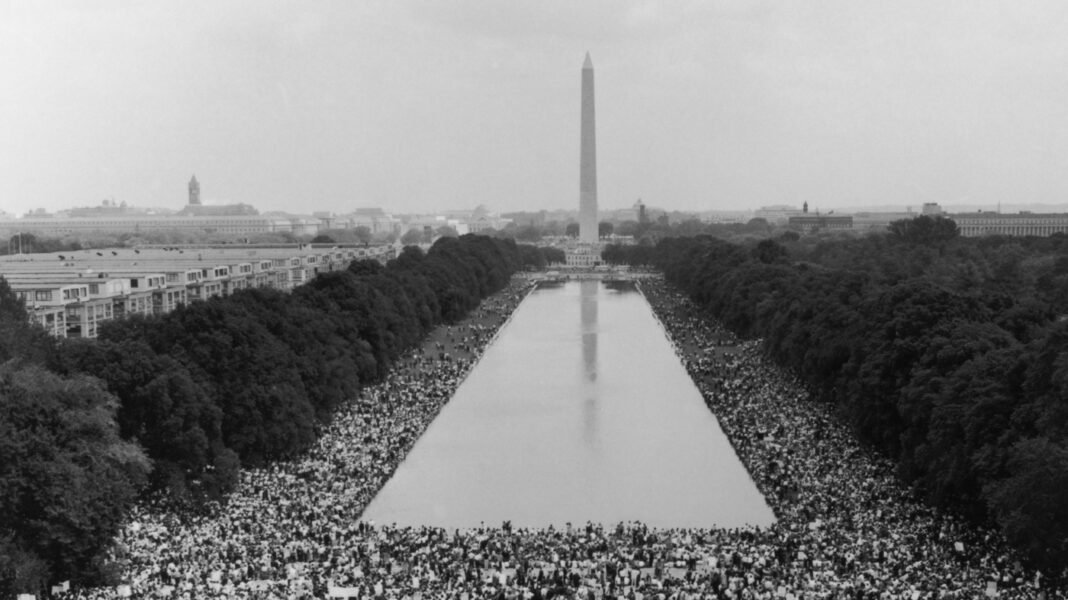SALT LAKE CITY — Utah Gov. Spencer Cox issued a drought declaration for 17 of Utah’s 29 counties on Thursday, following a snowpack collection season that was beneficial for some Utah basins and less than ideal for others.
The governor ordered the Utah Drought Response Committee — a group composed of various government agencies and water users — to review “hardships and other circumstances” caused by drought in the counties across southern and central Utah, recommend actions to address those challenges and create a way for “interagency coordination” tied to those actions.
Thursday’s declaration also recommends that water supplies and irrigation companies across southern and central Utah “encourage efficient landscape watering” and contact the Utah Division of Water Resources over a potential drought response plan, if needed.
Cities and counties are also encouraged to consider developing and implementing “water restriction plans and taking other steps to promote water conservation for the upcoming irrigation season,” per the order. The order also recommends that residents reduce outdoor watering/waste, fix irrigation and indoor leaks, and implement waterwise landscapes in “unnecessary turf areas.”
Counties included in the drought declaration include:
- Beaver
- Carbon
- Emery
- Garfield
- Grand
- Iron
- Juab
- Kane
- Millard
- Piute
- San Juan
- Sanpete
- Sevier
- Tooele
- Uintah
- Washington
- Wayne
“We’ve been monitoring drought conditions closely and, unfortunately, our streamflow forecasts are low, particularly in southern Utah,” Cox said in a statement.
His decision wasn’t much of a surprise. During his monthly briefing with Utah reporters last week, the governor said he was close to issuing a drought order. All emergency declarations last for 30 days unless extended by the Utah Legislature, and he said he wanted to wait until it could convene.
Utah’s snowpack was close to average this year, but water experts cautioned it wasn’t a great year for everyone. Jordan Clayton, a hydrologist for the Conservation Service and supervisor of the Utah Snow Survey, gave statewide snowpack a “C” grade earlier this month, because the season ended below-average for most of central and southern Utah.
The statewide average only increased because of normal to slightly above-normal collections in northern Utah.

Drought conditions worsened in Utah’s southern half from a lack of snowpack. Nearly half of the state is in severe drought or worse, including a large portion of Washington and Iron counties in extreme drought, per the U.S. Drought Monitor. Only a little more than a quarter of the state is in no drought or “abnormally dry.”
Drought can impact spring runoff, sending more snowpack into the ground instead of the creeks, rivers and streams that go toward the state’s reservoirs.
“That’s a recipe for not getting much runoff,” Clayton said. “We are very concerned about that.”
The document notes that all counties included in the order are either in extreme or severe drought or “at risk” of impending drought because their streamflow forecast is projected to be below 50%. Southwest Utah’s water supply could end up below 30% this spring because of a mix of below-normal snowpack and extreme drought.
This can have widespread effects on agriculture and livestock production, wildlife and drinking water supplies. Although Utah’s reservoir system remains about 85% statewide, some reservoirs could run out early this year. There’s no certainty over what next winter will bring.
That’s why experts are urging residents to take steps to reduce water consumption as the irrigation season begins.
“I urge all Utahns to be extremely mindful of their water use and find every possible way to conserve,” Cox added. “Water conservation is critical for Utah’s future.”
Wildfire danger also increases during drought. Cox issued a separate order tied to wildfire preparedness earlier this week.
The Key Takeaways for this article were generated with the assistance of large language models and reviewed by our editorial team. The article, itself, is solely human-written.




